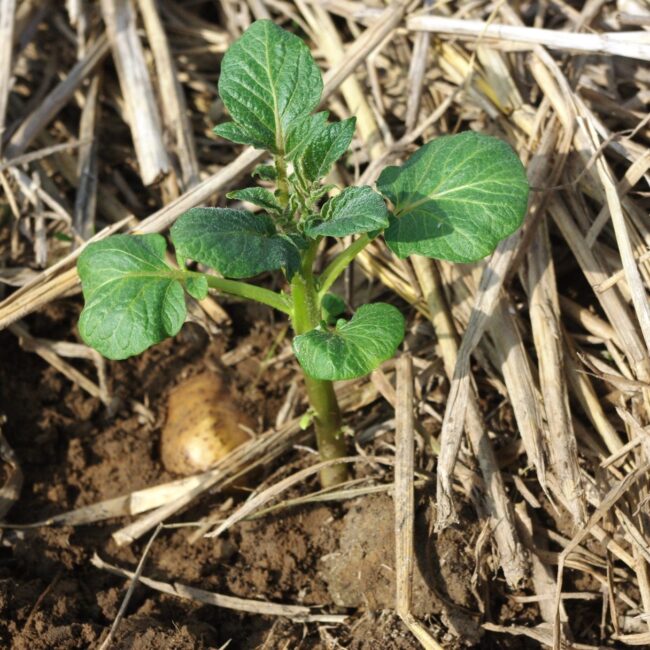Already a subscriber? Activate your premium account

July 24, 2023 | Blogs
The efficiency of overhead irrigation for potato crops
Irrigation with sprinklers, rain guns, center pivots or linear systems – as opposed to furrow and drip irrigation delivering water under the canopy – distributes water overhead, much like natural rainfall does.

July 17, 2023 | Blogs
The advantages of drip irrigation in potato cultivation
Of all irrigation practices, furrow irrigation loses most water through drainage and also loses more nitrogen through leaching than other irrigation practices. Drainage through deep percolation on the other hand is an advantage as it avoids accumulation of salts at the surface. Besides, erosion is considerable as the water flow to some extent always transports…

July 10, 2023 | Blogs
Furrow irrigation in potato cultivation
Where there is not enough rainfall and evapotranspiration exceeds precipitation, the crop is irrigated. That is if there is surface water or underground water available at acceptable distance and depth from the field. What is more, the grower needs to have available the capital to invest in equipment. The irrigation technique requiring the least investment…

July 03, 2023 | Blogs
Irrigation scheduling in potato cropping systems
Globally most potato cropping systems depend on irrigation for optimal yields. Many growers plan dose and time of irrigation from experience only, others apply a decision support system. Both approaches include knowledge about the amount of water in the topsoil: its rooting depth and the number of millimeters of water the plant is able to…

June 26, 2023 | Blogs
The necessity to irrigate when growing potatoes
In all rain-fed potato-growing regions in the world, the quantity of annual precipitation and the amount of rainfall during the growing season varies considerably among years. In North-West Europe for instance, it varies between 400 and 1100 mm per year.

June 19, 2023 | Blogs
Adapting the potato crop to climate change
Options for the potato crop to mitigate (soften) the climate change through dampening the CO2 emission associated with potato production are limited. Roughly, producing 1 ton of potato involves the production of 70–300 kg of CO2 depending on yield and inputs. Cultural practices reducing this include the reduction in the transportation of seed, fertilizers and…

June 05, 2023 | Blogs
How climate change affects nematodes in potato cultivation
Potato cyst nematodes originate in the Andes in South America and were first found in North Germany in the first decades of the 20th century. Hence the name of the golden nematode Globodera rostochiensis, after Rostock, a city in Mecklenburg-West Pomerania in the North of Germany. The Gross Lüsewitz Potato Collection Genebank of the Leibniz…

May 22, 2023 | Blogs
How climate change affects bacteria in potatoes
Bacteria spread across the world with the seed tubers mainly. Soft rot bacteria (Pectobactetrium spp. and Dickeya solani) are present in most growing environments although not both species and their subspecies appear everywhere. The pathotypes P. wasabi and S. solani for instance are new strains in parts of Europe introduced from other parts of the…

April 24, 2023 | Blogs
How chlorophyll fluorescence can play a role in potato production water management
In the process of photosynthesis, units of solar radiation (photons) penetrate the leaf, enter the chlorophyll and excite the enzymes in the rubisco. The energy subsequently is used to create energy containing adenosine triphosphate (ATP) by phosphorylating adenosine diphosphate (ADP): ADP + P + energy -> ATP.

April 17, 2023 | Blogs
Understanding the effect of day length on potato tuber growth
The earth moves around the sun in one year. The axis of the earth, however, is not perpendicular to the orbit of the sun. This is the reason why the length of the day—defined as the number of hours that the sun is above the horizon—varies at different locations of the world.
©2015 - 2024 Potatoworld | Webdesign and realisation COMMPRO